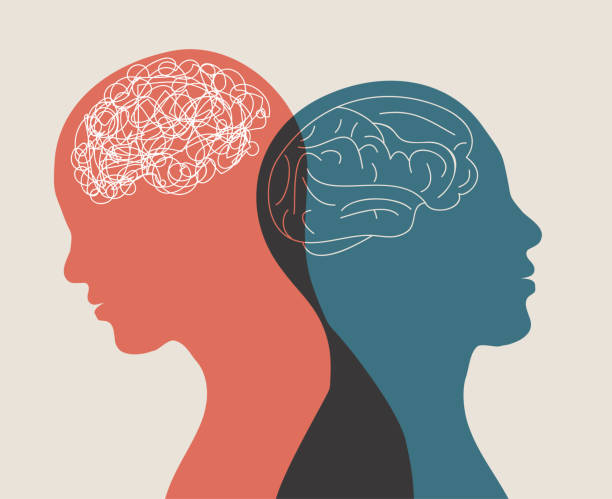Ever caught a flash of emotion—like a tight smile or a fleeting scowl—before it’s gone? That’s the magic (and trickiness) of micro-expressions—tiny emotional leaks that slip through our emotional firewall.
Read More: Non-Verbal Communication
What Are Micro-Expressions?
Micro-expressions are ultra-brief, involuntary expressions—lasting barely a blink—revealing emotions someone’s trying to conceal. They often betray feelings like joy, fear, contempt, and surprise before the person masks them (Ekman & Friesen, 1969).

Researchers Haggard and Isaacs first discovered micro-expressions in 1966 while analyzing psychotherapy session videos. Soon after, Paul Ekman and Wallace Friesen expanded the research, linking these fleeting signals to concealed emotions (Ekman & Friesen, 1969).
Micro-expressions typically flash for under 200 milliseconds (0.2 seconds)—half the length of a heartbeat! Recognition accuracy improves significantly as exposure nears 200 ms, but fades if too brief (Matsumoto et al., 2000).
Why They Matter
-
Truth Leaks: When we try to lie or hide discomfort, micro-expressions can betray us. They’re involuntary and often uncontrollable (Ekman, 2009).
-
Universal Emotions: Humans share at least seven emotional signatures—joy, contempt, surprise, anger, fear, disgust, and sadness—making micro-expressions cross-cultural truth-tellers (Matsumoto & Hwang, 2011).
Can You Train to Spot Them?
Yes! Training with tools like METT (Micro Expression Training Tool) significantly boosts recognition—even when expressions flash as fast as 20 ms (Matsumoto & Hwang, 2011).

Who’s Mapping the Face?
Dr. Mark G. Frank cataloged 44 distinct facial micro-movements linked to deception (Frank & Svetieva, 2015). While not foolproof for courtrooms, these subtle cues help investigators and negotiators better read emotional truth.
Newer methods like facial electromyography (EMG) can detect tiny muscle twitches, quantifying intensity and duration—making micro-expressions more measurable than ever (Peng et al., 2024).
Fun Ways to See It in Action
- Watch a politician’s debate footage in slow-motion. Spot a flash of anger before the smile returns.
- Pause reality TV shows at tense moments—notice the eye twitches or lip curls.
- Try practice apps that simulate micro-expressions to sharpen your instincts.
Final Thoughts
Micro-expressions are the emotional “Easter eggs” of human communication—hidden, fleeting, but deeply revealing. Learning to spot them can enrich empathy, strengthen relationships, and make you a sharper observer of the human drama that unfolds around you.
References
Ekman, P. (2009). Telling Lies: Clues to Deceit in the Marketplace, Politics, and Marriage (3rd ed.). W. W. Norton & Company.
Ekman, P., & Friesen, W. V. (1969). Nonverbal leakage and clues to deception. Psychiatry, 32(1), 88–106.
Frank, M. G., & Svetieva, E. (2015). Microexpressions and deception. In R. Bull (Ed.), Detecting Deception (pp. 131–152). Palgrave Macmillan.
Haggard, E. A., & Isaacs, K. S. (1966). Micromomentary facial expressions as indicators of ego mechanisms in psychotherapy. In L. Gottschalk & A. H. Auerbach (Eds.), Methods of Research in Psychotherapy (pp. 154–165). Appleton-Century-Crofts.
Matsumoto, D., Hwang, H. S., & Frank, M. G. (2000). The Micro Expression Training Tool (METT). San Francisco State University.
Matsumoto, D., & Hwang, H. S. (2011). Evidence for training the ability to read microexpressions of emotion. Motivation and Emotion, 35(2), 181–191.
Peng, S., Li, Y., & Wang, X. (2024). Quantifying micro-expressions using facial EMG: Duration, intensity, and recognition accuracy. Journal of Nonverbal Behavior, 48(1), 23–41.
Subscribe to PsychUniverse
Get the latest updates and insights.
Join 2,973 other subscribers!
Niwlikar, B. A. (2025, August 21). The Chemistry of Micro-Expressions and 2 Important Reasons Why They Matter. PsychUniverse. https://psychuniverse.com/micro-expressions/



